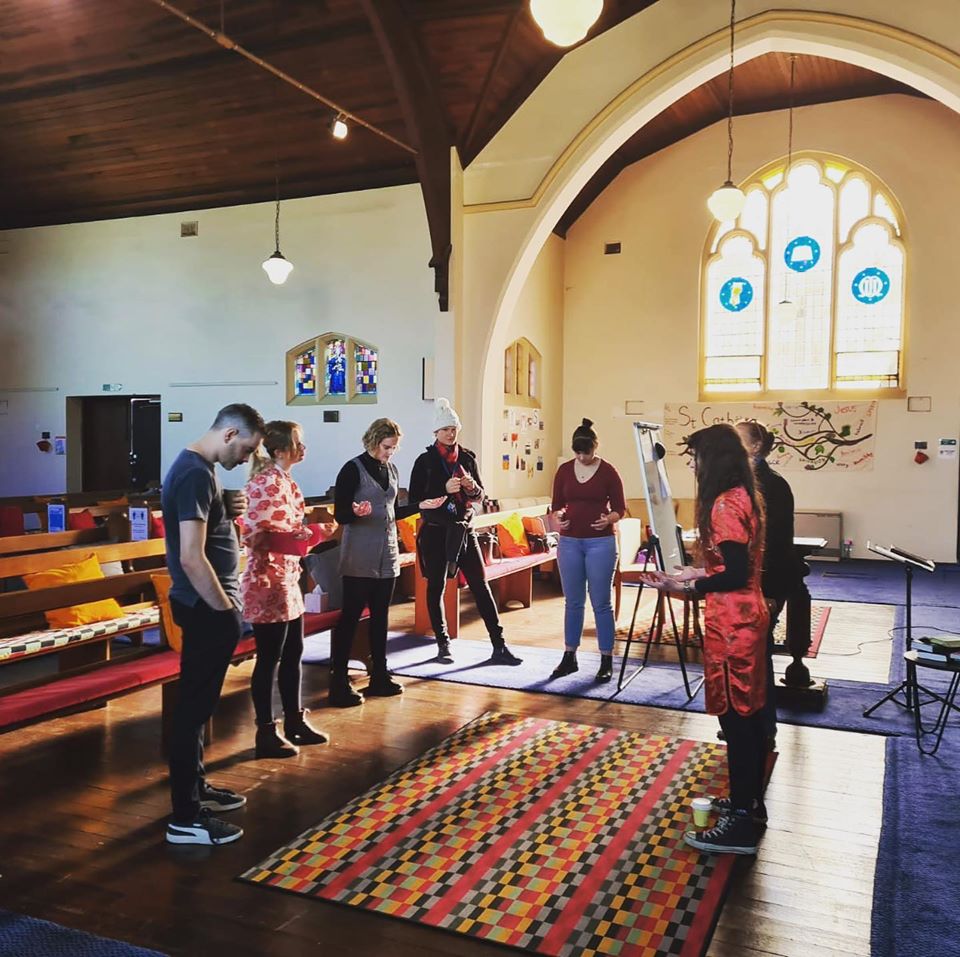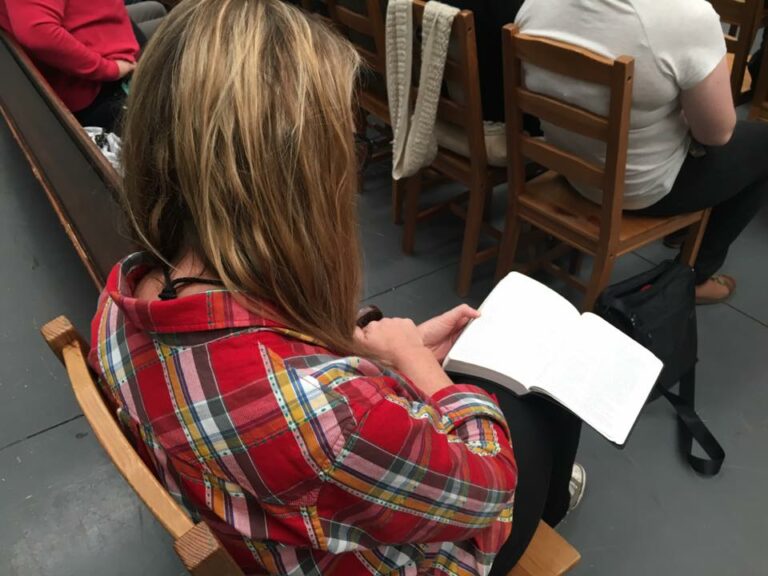Here’s an excerpt from our interview with St Caths, whose leaders Adam and Heather Cetrangolo and their team, build their health and vitality through initiatives such as this.
Read the conversation below.
NCLS: Given Heather’s involvement as the minister just prior to you, could you give us an idea of St Cath’s journey to re-launch in a style for the post-churched? Would you say that you knew what you were expecting when you walked in, or that it’s changed and shifted as well?
AC: Yes both. In October 2013 Heather had pastored a re-launch of the church, so it had really gone from slow changes, to lots of things happening, to going okay, I think we’re ready. Let’s just do something big, big bold vision, new services, new style. You know, we’re going to hit it big. And, then, I think when she started that conversation, she didn’t know she was going to be pregnant by the time she was relaunching.
So, then she was, and she did the relaunch in October and then by March the following year, she was going on maternity leave. So, it was really part of the reason why I was keen to jump on board to help, was we hadn’t seen the fruit of it yet. You know, we’d only just got going with this new thing and we were still waiting to see whether anything was going to come of it.
We’d started, we’d changed, we were looking and sounding different. She’d done things like, it was the first time they had had services that weren’t wearing robes and formal and all that. It was the first time they’d really done that. And, yes, so it was quite a shift. But, I was sort of stepping in and helping that move through the process. But we’ve been through more incarnations of that since, as well.
NCLS: Was there a view at the point where St Cath’s might have closed and then the decision was made to relaunch it and to give it a go?
AC: Yes. So, when that whole partnership happened in 2012, the other two churches had a view from the outset to amalgamate, which they eventually did. But St Catherine’s was a wait and see. St Catherine’s was like, let’s get alongside St Catherine’s and either we’ll help it close gracefully or we’ll see God birth a new thing and then release us. So, there was never a long-term view for St Catherine’s to be amalgamated. And, so, at relaunch, there was a sense of energy and enthusiasm, God’s at work, but it was still wasn’t there yet. There was still that, is it going to happen.
NCLS: And the traditional, older congregation at that stage?
AC: Yes, it was one congregation, it was a real mix. You know when you have a compromise that nobody likes. You know, it was robes, traditional with some modern music with kids talk and it was kind of like a bit of everything. So when we relaunched we said, you know what? We’re going to have two services.
There was about five people who couldn’t cope with what we were trying to do. So we’ll have two services. We’ll have one traditional service and we’ll go back to it being proper traditional and then we’re going to have this new thing that’s going to be really focused on families and new people and post-church people who have, like, been in church, but have left for whatever reason and are feeling a little bit uncertain, or a little bit damaged by the church. Let’s really focus on how we can… It still has enough of the familiarity of the church but it has a lot less formality.
NCLS: Where did that decision come from, the post-churched goal?
AC: I think we were gathering people like that. So, already some of the people on leadership, one of the presenting issues when we first came was, there are a lot of people, even amongst the leaders who were divorced and re-married. And, for a lot of them, that had been either for them, or their spouse, or both, it had been just a point of tension. You know, like, maybe they’d been treated badly at the time that happened when they got divorced, or maybe they felt like they couldn’t stay in the church they were in, or maybe they’d never been back to church because of that happening. And, increasingly, we were just finding more of that. Like St Catherine’s had been a bit of a safe place for people to come to.
So, we kind of ran with that. That was something that God seemed to be doing, although the problem at the time that we saw, was, kind of, it being a safe place because St Catherine’s was a bit liberal and a bit progressive and we weren’t. So we were, like, how do you do that but still really give people the gospel? You don’t want to water down what the gospel’s about, or whatever. You want to create a church where people who don’t understand it, or don’t agree with it feel welcome, but they’re still going to receive truth and faithful preaching and so forth. So that’s what we did.
And, we’ve continued to see fruit from that approach.














